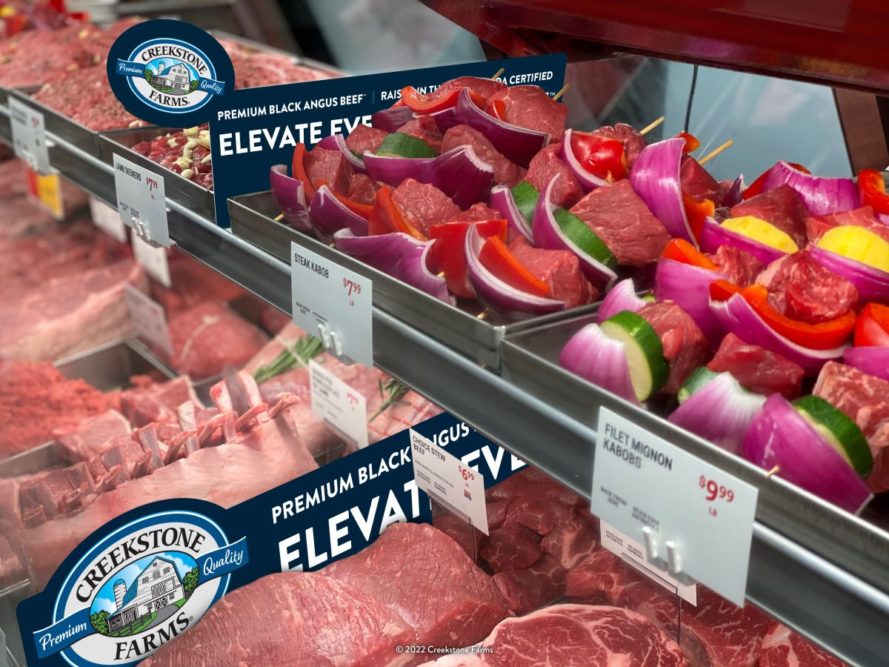Beef is a go-to American staple, and its popularity skyrocketed during the COVID-19 pandemic, when many home cooks sharpened their skills in the kitchen and people consolidated their grocery shopping into fewer trips while maintaining a freezer stash at home.
“Beef. It’s what’s for dinner” was certainly the mantra of 2021. According to the 2022 Power of Meat report, total fresh meat dollar sales in 2021 were $54.8 billion, and fresh beef accounted for over half of all fresh meat sales, at $30.1 billion. In dollar gains compared to 2019, fresh beef rose 23%, while total fresh meat rose 19.7%. In volume gains compared to 2019, fresh beef rose 4.8%, while total fresh meat rose 3.7%.
Ground beef was the largest driver in the early days of the pandemic, up 40% year-over-year between March 15 and July 26, according to the Midyear Power of Meat study in 2020. Recent data from Nielsen indicates demand for ground and whole muscle beef remained strong through the end of 2021.
As things begin to normalize, the beef industry is seeing the effects of that at the meat case, as consumers are recreating restaurant meals at home, increasing the demand for USDA Prime offerings.
“Beef was very popular throughout the pandemic, and we are seeing strong continued demand,” said Bridget Wasser, associate director of customer insights for Chicago-based Midan Marketing, who has been in the beef industry for more than 15 years. “Beef proved it has a beloved place in the retail space and on consumers’ tables.”
Even as consumers feel pressure from inflation, beef will likely remain an important staple, and retailers can take extra steps to support consumers, she said. Value packaging, recipes that help consumers stretch cooked beef across meals, marketing reinforcing the nutritional value of beef and meal prep tutorials are all efforts that reinforce with consumers the value of beef even in tight family budgets.

